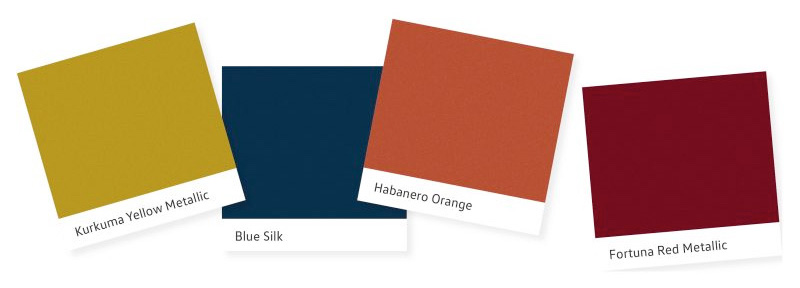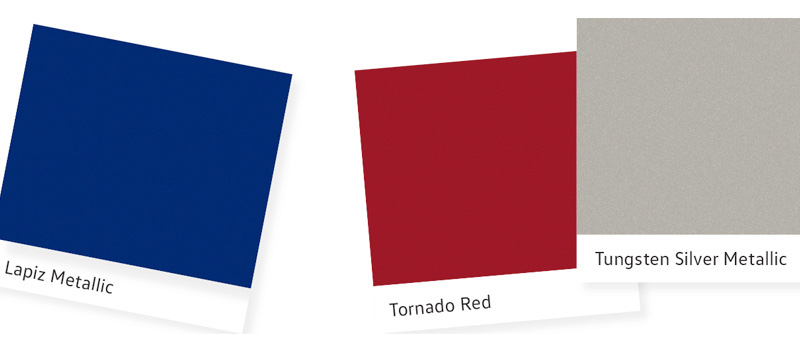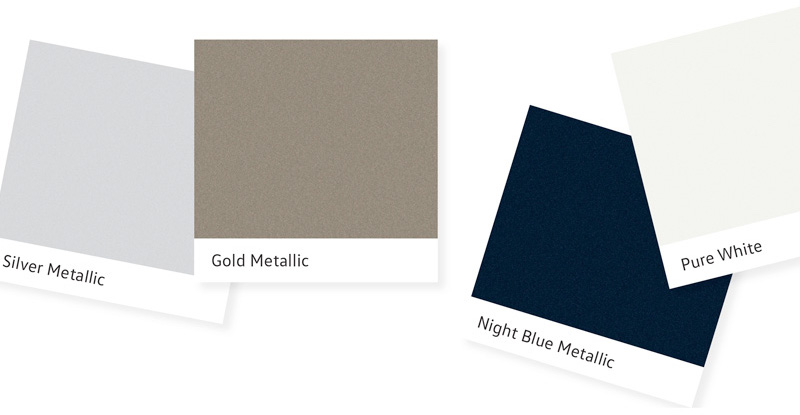Volkswagen Paint Colors and Tips

What?s in a color?
How Volkswagen color designers choose the hue and tone of your new VW ? and how to keep it looking great

?What color is it??
It?s the first question your design-savvy friends ask when you tell them you bought a new car. And it can be a challenge to answer ? there are infinitely more hues and tones, tints, and shades than there are words to describe them.
Color me durable.
A little attention goes a long way to help keep your paint color looking new:
Watch where you park. Sticky sap from poplar, linden, birch, and maple trees can be difficult to remove and can cause lasting marks.
Avoid the sun. UV rays can erode the finish over time.
Wash with care. Read the Car Care Section of your Owner?s Manual for any specific cleaning guidance.
A lot goes in before you do.
Color designers have loads to consider when selecting a hue. They have to weigh the unique personalities of each vehicle and think about which color best complements a vehicle?s interior colors and textures. What?s more, they have to select a color that will look great for years to come.
Volkswagen color designers have this enviable yet agonizing task when choosing the paint colors for VW models each year. And it?s no easy feat ? they have to combine aesthetics, psychology, cultural influences, fashion trends, and physical paint chemistry to make decisions that have a lasting effect.
The paint itself is a study in precision ? the color you see is the result of numerous coatings applied by robots under different conditions. The result? A stunning coat of durable color, equal in thickness to a human hair.

It takes a team.
Designers at VW work in teams to create palettes for individual models, including hues for interior materials like leather and fabric. They also develop color concepts for bodies and tire rims. Basically, any surface you see and touch on a VW is created by a team of Volkswagen color experts.
Another issue that adds a layer of complexity for the team is that colors also vary by country, based on preferences and restrictions. Hues that may work well in the United States may not translate well in Europe, for example.
Lastly, the team has to weigh the environment in which the color will be used ? a challenge when the quality of sunlight changes dramatically with latitude, climate, elevation, and time of day. Environment is also a factor when selecting a finish, because it must be tough enough to withstandrain, heat, cold, road conditions, and more ? with gloss and hue intact.
On trend.
Some color preferences change from year to year, while others remain staple colors for vehicle designers.
For example, silvers are perennially popular. Purists like the way the color recedes, showing off the lines and form of the vehicle. Blacks and whites are also always a classic, crowd-pleasing choices.
Color designers may add hues to these standbys that stand out and make a statement ? an intense blue, a vibrant red, or a tungsten metallic ? and perhaps a color or two that expresses the mood of the times like green or pink.
In the end, VW as a whole may offer up to 80 different paint colors, with lacquer, varnish, metallic, and mother-of-pearl options.
The finishing touch.
Finish-care products like these can help maintain a showroom shine:
- Cleaner clay helps remove difficult-to-dislodge dirt particles from paint, glass, and chrome.
- Paint cleaner, pre-cleaner, polish, and rubbing compounds gently buff watermarks, light scratches, and other imperfections from your car?s clear coat. Follow manufacturers? directions.
- Waxes can protect your car?s finish and create a durable shine.
- Model-specific touch-up paint pens, sprays, and clear coats ? available at your VW dealer ? can help address minor paint damage.


